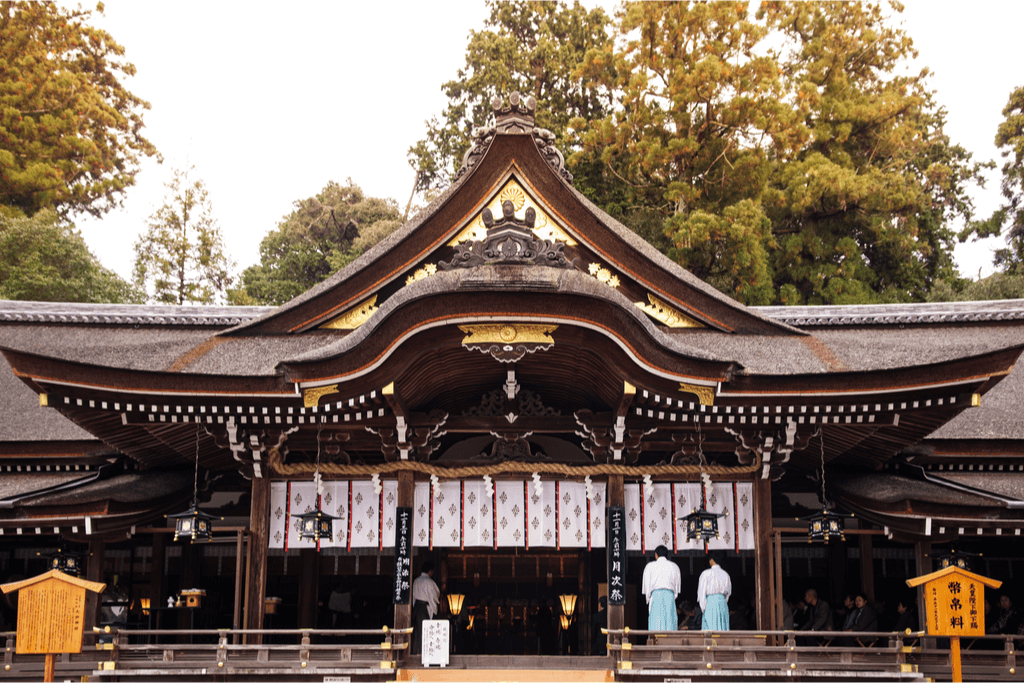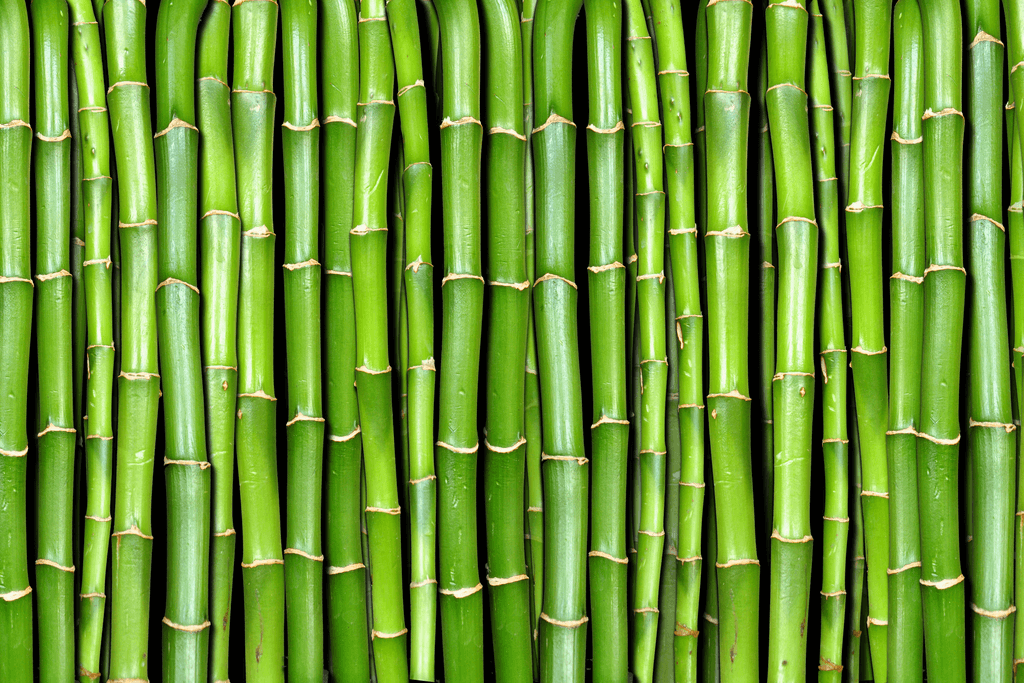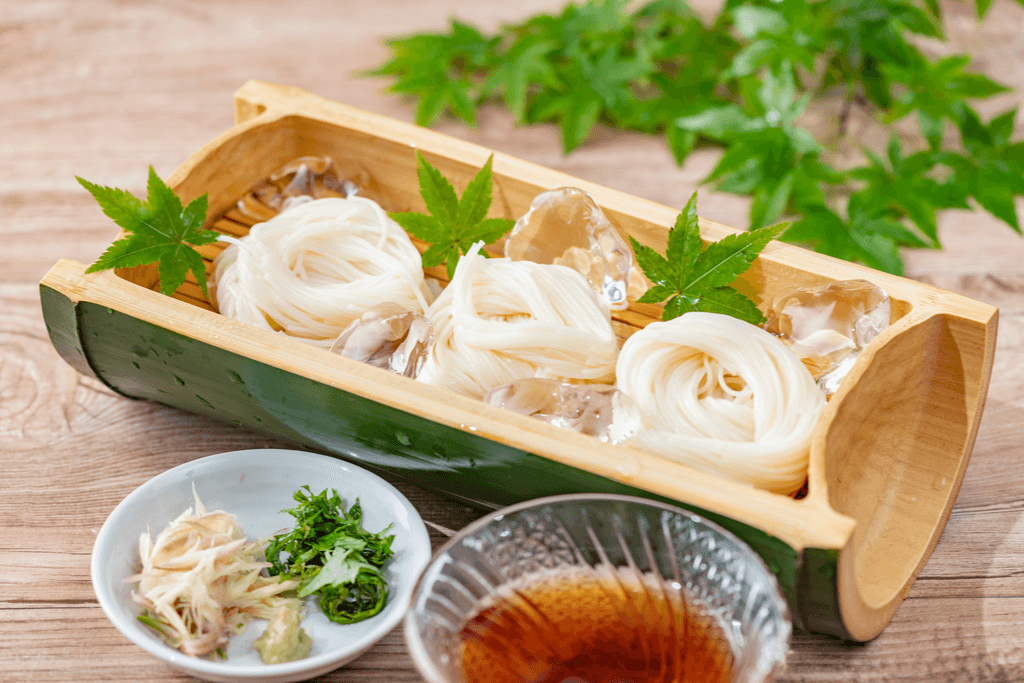Somen are a type of thin noodles made of wheat flour that are widely popular in East Asian countries including Japan. Somen is commonly sold as dried noodles at supermarkets and specialty stores and can be enjoyed year-round.
In Japan, somen noodles are typically eaten cold with a variety of toppings. That is why they are considered a summer dish.
Somen has a mild flavor and a delicate texture. They are usually served chilled with a soy-based dipping sauce, as well as in soups, salads, and stir-frys.
It is a very simple dish but wonderful to pop in between heavy meals to give your stomach a little bit of a rest. Keep on reading to learn more about this refreshing yet delicious noodle dish!
Table of Contents
ToggleSomen’s Origin
Somen is the oldest Japanese noodle to date. In the nation that loves noodles, the Japanese have been eating somen for over 1,200 years. Somen in particular originated from Omiwa Shrine in Miwa.

This Japanese shinto shrine is one of the oldest in Japan. Back in the day, the son of the chief priest created somen in order to help the city’s citizens overcome hunger. Even now Miwa Somen is known for its high quality and long history.
What is Somen?
Somen noodles are white and thin (about 1 mm in diameter) Japanese noodles made from wheat flour. The dough is stretched with the help of vegetable oil to make the threadlike strips and then air-dried. They have a mild flavor and delicate consistency, and a pale white color.

They can be eaten chilled, with a soy-based dipping sauce called tsuyu, or hot, usually in a soup or broth. Traditionally the cold version is favored during the warmer months and the hot versions in winter. When served cold, we call it hiyashi somen (chilled somen). Sōmen cooked in hot soup is called nyūmen (cooked noodles).
Nagashi Somen, a Fun Summer Event
One of the most notable ways of serving somen noodles is nagashi somen, a special summer custom in Japan. A bamboo stalk that is cut in half is propped up at an angle with a stream of cold water running down it; in this water slide-like apparatus, the chef sends fresh somen noodles down the bamboo slide.
The participants stand on either side of the bamboo with chopsticks in hand, and as the somen noodles come sliding down they must reach out and try to catch them before the noodles reach the bottom. Catching the noodles with your chopsticks can be a challenge, so you will frequently hear people shouting “got it!” or “missed it!” while playing and eating somen. Nagashi somen is a really fun game to do as an outdoor camping activity.

Usually, a long and thin bamboo slide is mainly for nagashi somen. However, in parts of Kagoshima and Miyazaki, they often let the somen spin in a flat washtub. Unlike standard nagashi somen, the spinning type is more compact. That is why the household versions of nagashi somen machines are usually of the spinning type.
Looking for delicious Japanese noodles to enjoy without leaving your home? Check out Sakuraco! Sakuraco delivers traditional Japanese snacks, teas, sweets, and snacks from local Japanese makers directly to your door so you can enjoy the latest treats directly from Japan!
Cold Somen Noodles Recipe
This somen cold noodles with grated ginger, scallion, and a tsuyu, savory soy-based dipping sauce, is delicious and refreshing. In addtion, you can add various vegetables and proteins to this cooling dish to make it a more filling meal with such as ingredients used in a yakisoba recipe.
Ingredients:
- 2 bundles (servings) of fried somen noodles – one of few types of Japanese noodles sold only in dried form.
- Ice
- Water for boiling noodles and for the ice water
- Mentsuyu (noodle soup base) – store-bought or homemade
- Chopped scallions – for garnish
- Grated ginger – for garnish
Tsuyu:
- 1 cup of water
- 3 tbsp of soy sauce
- 3 tbsp of mirin
- 1 tsp of sugar
- 1 tsp of dashi bottled concentrate or granules
Cooking Steps:
Tsuyu
- In a small pot over medium heat, combine all the tsuyu ingredients. Mix well until it boils.
- Remove from heat and allow it to cool down (either to room temperature or in the fridge).
Somen
- Prepare a serving bowl with water and ice to create an ice bath for the noodles (the noodles will be served like this)
- Bring a large pot of water to a boil. You do not need to salt the water. It is important to use plenty of water so the water stays boiling when you add the dried noodles.
- Cook the noodles for 1 to 1½ minutes, or according to the package instruction. Stir the noodles with chopsticks to prevent sticking.
- Once cooked, drain the noodles in a colander immediately and using your hands, gently knead the noodles while rinsing them under cold running water. This helps to remove the excess oil from the noodles (the oil is for making super thin noodles).
- Transfer into the prepared serving bowl with the ice bath.
- To enjoy: put topping ingredients of choice into your tsuyu and mix. Take some somen straight out of the ice bath and dip directly into your tsuyu cup and eat. Repeat and consume!
Have you tried making cold somen at home? Share your tips for a perfect cold somen noodles recipe in the comments below!










